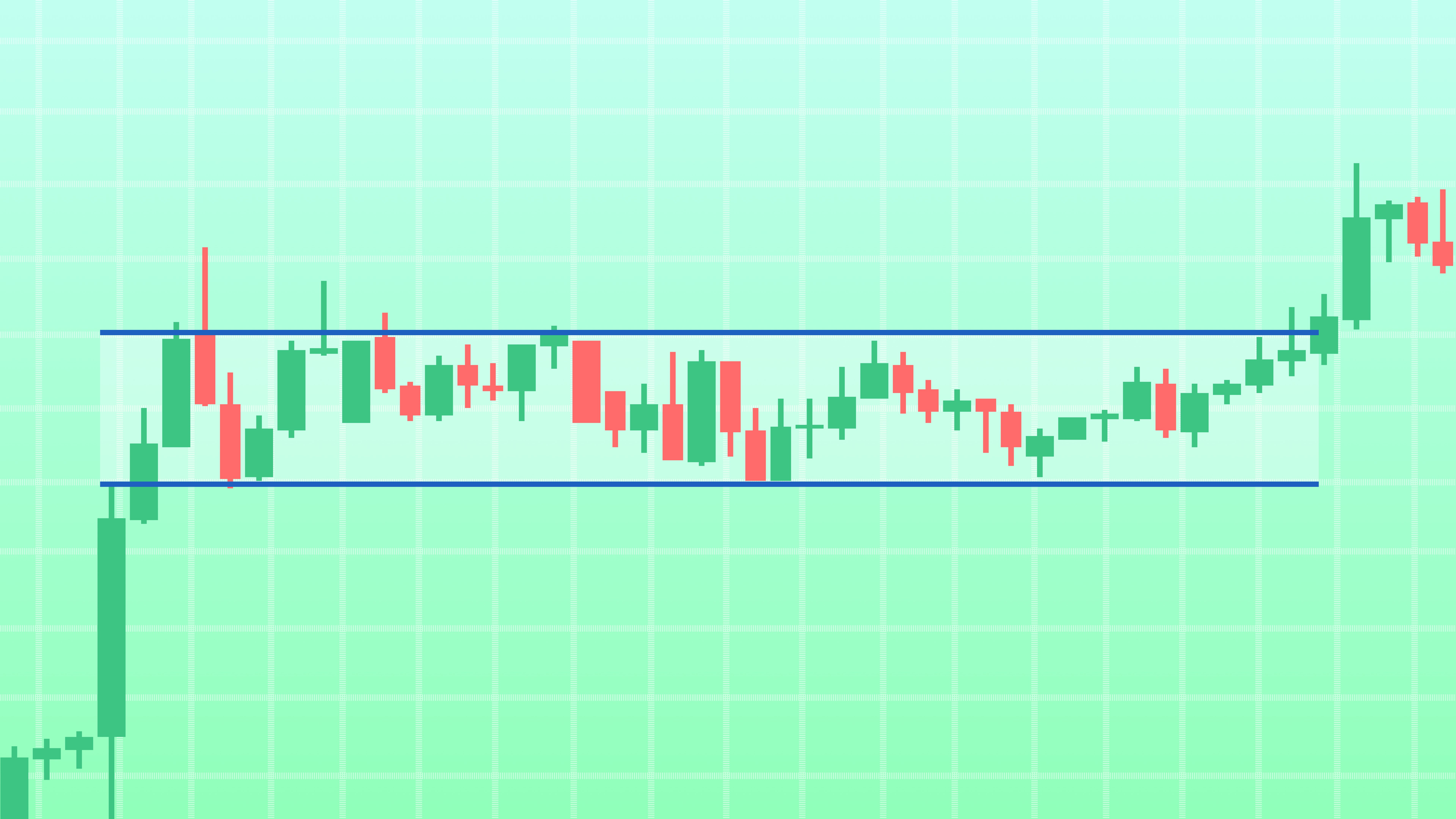Level Up Your Investing Game Master These Proven Stock Market Strategies

Strong 8k brings an ultra-HD IPTV experience to your living room and your pocket.
Investing in the stock market can be a rewarding venture, but it requires knowledge, discipline, and a well-defined strategy. In this article, we will explore various stock strategies, their principles, and how to implement them effectively to achieve your financial goals.
Understanding the Stock Market
Before diving into specific strategies, it’s essential to understand the basics of the stock market. The stock market is a collection of markets where shares of publicly traded companies are bought and sold. Investors purchase stocks with the expectation that the value will increase over time, allowing them to sell at a profit. However, the stock market can be volatile, and prices can fluctuate based on a variety of factors, including economic indicators, company performance, and geopolitical events.
Key Terminology
Stock: A share in the ownership of a company.
Dividend: A portion of a company’s earnings distributed to shareholders.
Bull Market: A market characterized by rising prices.
Bear Market: A market characterized by falling prices.
Market Capitalization: The total market value of a company’s outstanding shares.
Types of Stock Strategies
Value Investing
Value investing is a stock strategy that involves buying undervalued stocks that are trading for less than their intrinsic value. The goal is to find stocks that the market has overlooked, and that have the potential for significant appreciation over time.
Key Principles of Value Investing
Fundamental Analysis: Analyze a company’s financial statements, management, industry position, and market trends to determine its intrinsic value.
Margin of Safety: Purchase stocks at a price significantly below their intrinsic value to minimize risk.
Long-Term Perspective: Value investing typically requires patience, as it may take time for the market to recognize a stock’s true value.
How to Implement Value Investing?
Screen for Undervalued Stocks: Use financial metrics such as the price-to-earnings (P/E) ratio, price-to-book (P/B) ratio, and dividend yield to identify undervalued stocks.
Perform Thorough Research: Investigate the company’s fundamentals, including its earnings growth, debt levels, and competitive position.
Diversify Your Portfolio: Spread your investments across various sectors to reduce risk.
Growth Investing
Growth investing focuses on companies that are expected to grow at an above-average rate compared to their industry or the overall market. These companies often reinvest their profits into expansion, research, and development.
Key Principles of Growth Investing
Earnings Growth: Look for companies with strong historical earnings growth and positive projections for future growth.
High Valuation Ratios: Growth stocks may have higher P/E ratios because investors are willing to pay a premium for expected future growth.
Innovation and Market Position: Favor companies that are leaders in their industry or have a unique product or service offering.
How to Implement Growth Investing?
Identify Growth Sectors: Focus on industries with high growth potential, such as technology, healthcare, and renewable energy.
Research Company Fundamentals: Examine the company’s earnings reports, management team, and market trends.
Monitor Performance: Keep an eye on stock performance and adjust your strategy as needed.
Dividend Investing
Dividend investing is a strategy that focuses on investing in companies that pay regular dividends. This approach can provide a steady income stream while also offering potential for capital appreciation.
Key Principles of Dividend Investing
Dividend Yield: Look for stocks with a high dividend yield, which is calculated by dividing the annual dividend by the stock price.
Dividend Growth: Invest in companies with a history of consistently increasing their dividends over time.
Reinvestment: Consider reinvesting dividends to purchase more shares and benefit from compound growth.
How to Implement Dividend Investing?
Create a Watchlist: Identify dividend-paying stocks that meet your criteria for yield and growth.
Analyze Dividend Safety: Assess the company’s ability to maintain or grow its dividend, considering factors like payout ratio and cash flow.
Diversify Across Sectors: Build a portfolio of dividend stocks across various industries to mitigate risk.
Technical Analysis
Technical analysis is a trading strategy that uses historical price data and trading volume to forecast future price movements. This approach is based on the belief that market sentiment and price trends can provide insights into future performance.
Key Principles of Technical Analysis
Charts and Indicators: Use charts to visualize price movements and identify patterns. Common indicators include moving averages, Relative Strength Index (RSI), and Bollinger Bands.
Trend Analysis: Determine the overall trend (uptrend, downtrend, or sideways) and trade in the direction of that trend.
Support and Resistance Levels: Identify price levels where stocks tend to find support (bottom) or resistance (top) to inform buying or selling decisions.
How to Implement Technical Analysis?
Choose a Trading Platform: Use a trading platform that provides access to charts and technical analysis tools.
Study Chart Patterns: Familiarize yourself with common chart patterns like head and shoulders, double tops, and triangles.
Develop a Trading Plan: Create a trading strategies plan that outlines entry and exit points, risk management, and position sizing.
Dollar-Cost Averaging
Dollar-cost averaging is an investment strategy that involves regularly investing a fixed amount of money in a particular stock or fund, regardless of its price. This approach can help mitigate the impact of market volatility.
Key Principles of Dollar-Cost Averaging
Consistency: Invest consistently over time to build your position in a stock.
Reduced Emotional Stress: This strategy helps avoid emotional decision-making during market fluctuations.
Long-Term Focus: Dollar-cost averaging is most effective when implemented with a long-term investment horizon.
How to Implement Dollar-Cost Averaging?
Choose Your Investment Amount: Determine how much you can afford to invest regularly (e.g., monthly or quarterly).
Select Your Investment Vehicle: Choose the stock or fund you want to invest in.
Automate Your Investments: Set up automatic contributions to your investment account to ensure consistency.
Managing Risk in Stock Investing
Regardless of the strategy you choose, managing risk is crucial. Here are some effective risk management techniques:
Diversification
Diversification involves spreading your investments across various asset classes, sectors, and geographical regions to reduce risk. A well-diversified portfolio can help protect against significant losses in any single investment.
Setting Stop-Loss Orders
A stop-loss order is a predefined price level at which you will sell a stock to limit losses. Setting stop-loss orders can help protect your capital and maintain discipline during market downturns.
Regularly Reviewing Your Portfolio
Conduct regular reviews of your investment portfolio to assess performance and make adjustments as needed. This practice ensures that your investments align with your financial goals and risk tolerance.
Conclusion
Developing a successful stock strategy requires a thorough understanding of the market, careful planning, and disciplined execution. Whether you choose value investing, growth investing, dividend investing, technical analysis, or dollar-cost averaging, it’s essential to remain informed and adaptable. Remember that investing in the stock market involves risks, and it’s crucial to manage those risks effectively to achieve long-term financial success. By implementing the strategies outlined in this guide, you can navigate the complexities of the stock market with confidence.
Note: IndiBlogHub features both user-submitted and editorial content. We do not verify third-party contributions. Read our Disclaimer and Privacy Policyfor details.







